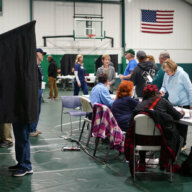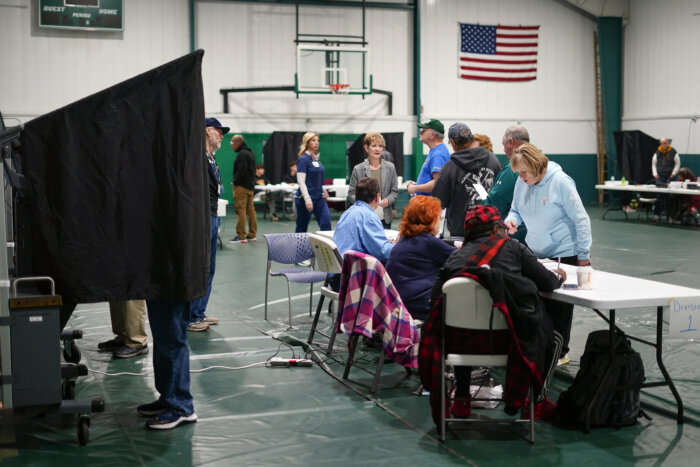Penn Praxis Director Harris Steinberg was at the University of Pennsylvania’s Brodsky Gallery recently to discuss an exhibition of maps depicting unrealized, often-fantastical city renovations, but some of his own propositions seemed just as unlikely.
Steinberg, who worked on initial plans re-envisioning the Central Delaware Waterfront, wants to connect people to the river by putting I-95 underground.
“I’ve had engineering discussions. Is it possible to sink I-95 from Callowhill to Washington? Yes,” Steinberg said, adding that the highway resembles “dour East German infrastructure on a bad day.”
“But Rina Cutler of the Office of Transportation has no interest in entertaining any discussions about the future of I-95 except rebuilding it as it is,” he said.
Cutler’s spokesman Andrew Stober was familiar with the proposal.
“It’s a discussion that’s been out there for a long time because one of the problems with I-95 is, the way it was originally constructed, it ripped through lots of communities,” he said.
“The concept, while intriguing, is, from the city’s perspective, not financially realistic,” he said. The construction would take decades and require extended road closures.
Instead, the city hopes to rebuild the aging highway as it nears the end of its 50-year lifespan in small sections and to focus on improving existing waterfront connections, such as Race Street Pier.
“Harris’s idea is terrific,” said Alan Greenberger, director of Commerce and board member of the Delaware River Waterfront Development Corp. “But we concluded a long time ago that the right way to develop the waterfront was not to do it in one big move that requires 20 years and billions of dollars, but in smaller, incremental steps.”
“Penn Praxis really set the table by doing the vision plan,” Greenberger said. “We may not have specifically adopted every recommendation, but we adopted every single principle. And related to I-95, that was to make connections to the waterfront stronger.”
NonprojectsWhat we learned from Penn Praxis Director Harris Steinberg
Other projects discussed at the exhibit, curated by Penn senior Lily Applebaum, included:
1. R. L. Barnes’ 1855 New Map of the Consolidated City of Philadelphia, showing newly-acquired land along the Schuylkill, but envisioning what is now known as Fairmount Park with a crush of activities and development crammed into its trails, including a casino.
2. Louis Kahn’s 1952 Traffic Study, which relegated cars to a series of parking garages around Philadelphia’s periphery, creating a walled-off pedestrian city.
3. Ed Bacon’s 1959 Chestnut Street Transway, which would have turned Chestnut into a pedestrian-only thoroughfare with a trolley at its center.
4. Robert B. Mitchell and Ed Bacon’s 1961 Crosstown Expressway, which would have turned South Street into a highway connecting I-76 with I-95, requiring the demolition of many buildings on South and Bainbridge streets.





























